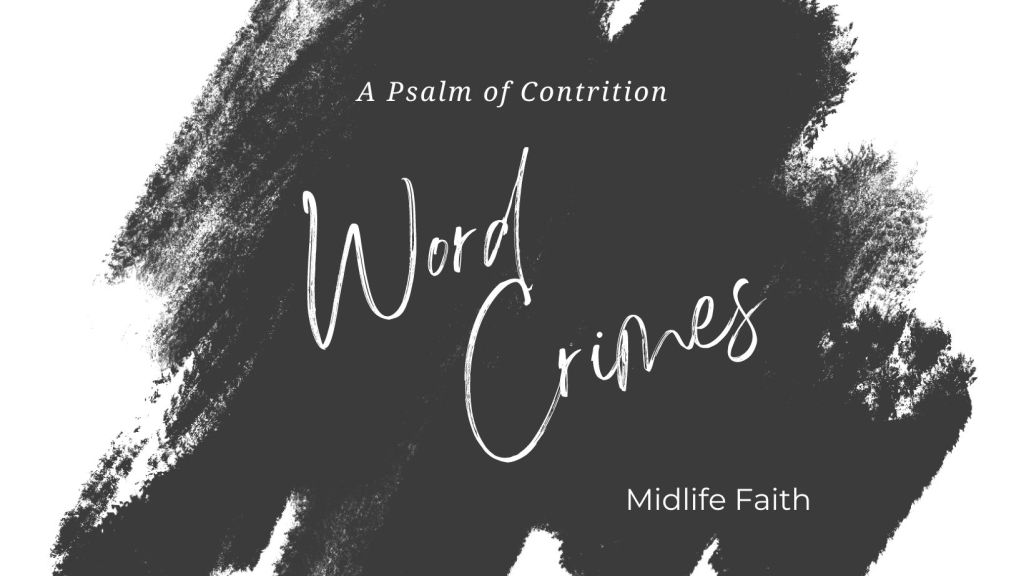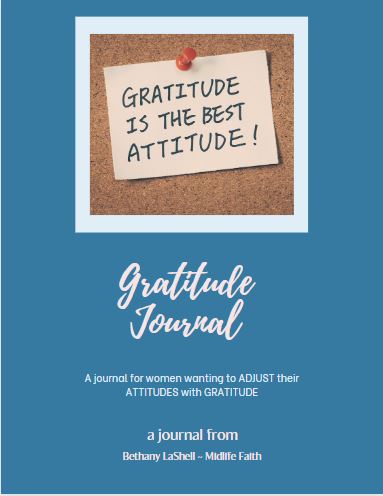Before you click to a less scary sounding post, let’s take just a minute and look at what kind of master plan we’re discussing. A master educational plan takes a look at the whole picture, not just, “What are we going to do today, Mom?” It takes into account our children’s learning styles and our family philosophies as well as the subjects and topics that will be taught each year. As fun as choosing a new, random topic each week can be, doing so without a plan can be more detrimental than helpful to our overall educational goals. Yes, I do believe in teaching to our children’s interests—to a certain point. The problem with that is that they’re kids; they don’t know what they need to learn and what they don’t know. If it were up to my daughters, we would not own a math textbook!
Are our kids going to be prepared for a formal high school or even college plan? What happens if we study medieval history three years in a row and never get around to studying the world wars of the past century? These are some of the questions driving the idea of a master plan. Providing a structure for not only math and English, but also for history and science gives a framework around which our kids can fit odd facts, war dates, inventions, and people. After all, studying World War II wouldn’t make much sense without having studied World War I and other events of the twentieth century. Randomness is like having paper figurines to represent major people and events in history and telling our children to put them in order on a blank wall—with no dates or references. One of the goals of homeschooling is to produce well-rounded young adults. Academically speaking, this means that they will have a general knowledge of most of the major historical events and scientific inventions and literature from different time periods and countries.
When should we implement our master plans? The earlier the better. But what if our current intention is just to homeschool for kindergarten, or just through fifth or sixth grade? Then a master plan is even more important. If our goal is to eventually matriculate our children (back) into the school system—public or private—we for sure want them to be prepared and on par with the rest of their classmates. This is not to say that we should use the exact same curriculum that those schools use, but it is to say that if we know a child will go to the public school in grade six and study early American history, it probably would be a good idea to study something other than that in fifth grade. Many books and websites that detail in general what should be learned in which grade. For instance, no matter which curriculum we decide to use, we probably want to make sure that our kids master multiplication by the end of fourth grade at the latest.
How can we implement this great master plan once we have it down on paper? We start by working backwards. We know where we want our kids to be ten years from now, five years from now, or even one year from now, so how are we going to get there? It’s obvious that math and grammar need to be taught incrementally, and most math and grammar textbooks follow the same general flow of thought. Personally, I think it’s best to stick to one publisher/curriculum for those subjects so as to provide the most thoughtful flow and to avoid as many gaps as possible. Of course, if a particular curriculum is just not working for a certain child, by all means, switch it out. For history and science, if we want to make sure we’re covering all the bases, it’s best to lay out a plan for each year. I prefer to stick with the same publisher/curriculum provider for these subjects as well, for that very reason. Publishers tend to make their subjects flow from one year to the next. Children also know what to expect if we use the same publisher/curriculum from year to year. Of course, I certainly understand the need to switch things up occasionally, but I always stick to the master plan as far as the topics being studied. If you love the idea of unit studies, try to make sure they fit into the general flow of the historical period or scientific area you’re studying for the year.
Here is one suggestion for a master plan covering history and science that can be implemented with just about any curriculum. Study these subjects in three four-year cycles, starting in first grade. Each cycle would cover different topics, have different reading materials, and, of course, require increasingly higher levels of mastery. For history, break it down like this: year one ancient history, year two medieval history, year three early American/world history, and year four modern American/world history. Science could look like this: year one life science (animals, people, and plants), year two earth science/astronomy, year three chemistry, and year four physics. Or, years one and two of science could be swapped to correspond with the traditional high school science cycles. I must give credit to Susan Wise Bauer of The Well-Trained Mind for this original idea. This plan makes it easier to teach more than one child at a time; just have each child in the same time period for history and the same general topic for science. Younger children can begin in whichever year’s cycle the older children are studying; they’ll eventually cover all of the same materials.
This article was originally published in the September/October 2011 issue of Home School Enrichment, in my “The Organized Homeschool” column.





Leave a comment